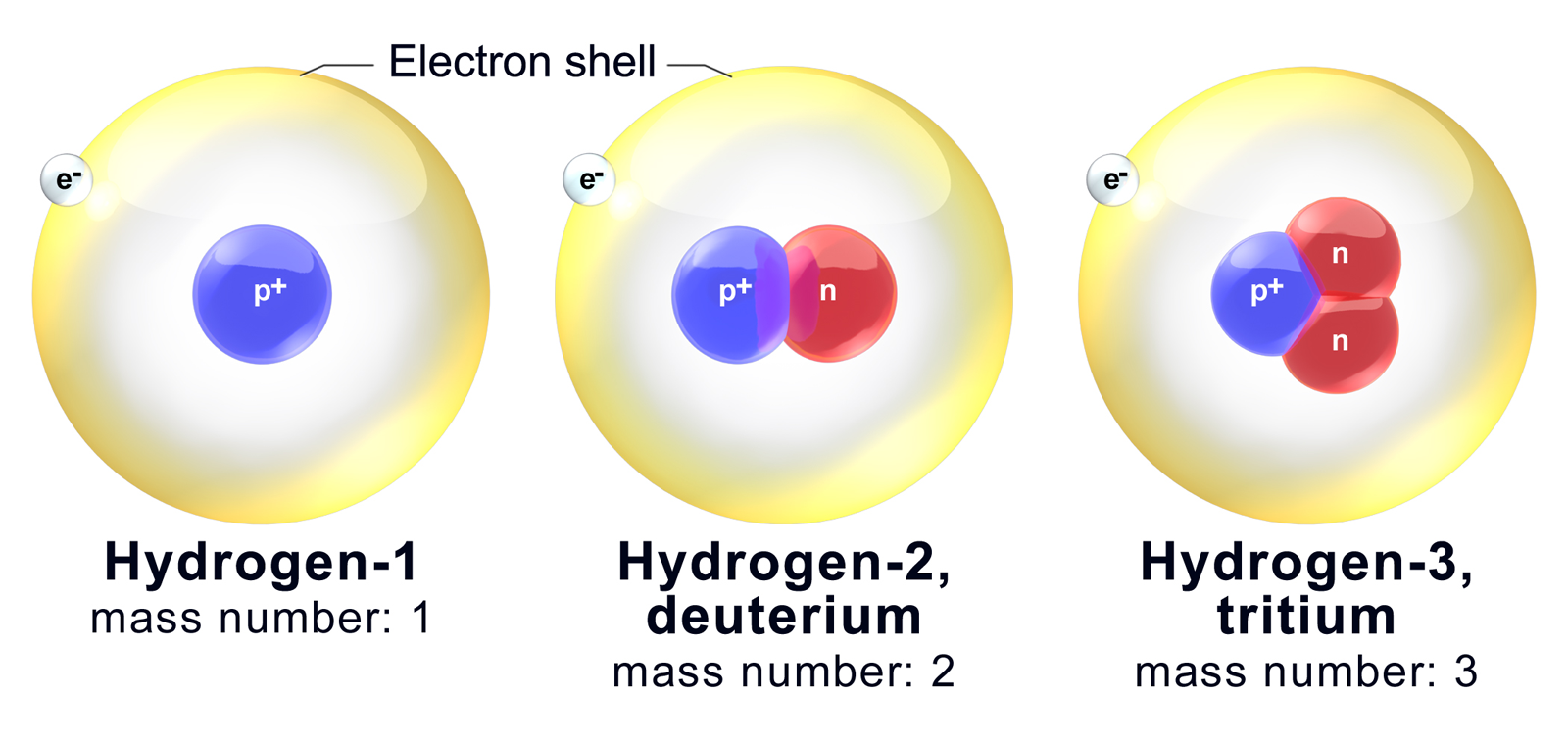The mass number is equal to the: number of protons and neutrons: The atomic number is equal to the number of in an atom: protons: The number below the chemical symbol on the periodic table that has a few decimal places is known as the. Average atomic mass: If an element has a mass # of 23 and an atomic # of 11, how many protons will. The atomic number is equal to the number of protons in the nucleus and in a neutral atom will also equal the number of electrons. The atomic number is the number of protons in an atom, and isotopes have the same atomic number but differ in the number of neutrons. If you're seeing this message, it means we're having trouble loading external resources on our website. .Response times vary by subject and question complexity. Median response time is 34 minutes and may be longer for new subjects. Q: Calculate the number of phosphorus atoms in a 130.0 g sample of diphosphorus pentoxide (P,05). A: Diphosphorus pentoxide (P2O5) is an oxide of phosphorous that.
- The Atomic Number Is Equal To The Number Of Electrons
- The Atomic Number Is Equal To The Number Of
- The Atomic Number Is Equal To The Number Of Protons
- The Atomic Number Is Equal To The Number Of Protons And Neutrons Combined
Learning Objective


- Determine the relationship between the mass number of an atom, its atomic number, its atomic mass, and its number of subatomic particles
Key Points
- Neutral atoms of each element contain an equal number of protons and electrons.
- The number of protons determines an element’s atomic number and is used to distinguish one element from another.
- The number of neutrons is variable, resulting in isotopes, which are different forms of the same atom that vary only in the number of neutrons they possess.
- Together, the number of protons and the number of neutrons determine an element’s mass number.
- Since an element’s isotopes have slightly different mass numbers, the atomic mass is calculated by obtaining the mean of the mass numbers for its isotopes.
Terms

- atomic massThe average mass of an atom, taking into account all its naturally occurring isotopes.
- mass numberThe sum of the number of protons and the number of neutrons in an atom.
- atomic numberThe number of protons in an atom.
Atomic Number
The Atomic Number Is Equal To The Number Of Electrons
Neutral atoms of an element contain an equal number of protons and electrons. The number of protons determines an element’s atomic number (Z) and distinguishes one element from another. For example, carbon’s atomic number (Z) is 6 because it has 6 protons. The number of neutrons can vary to produce isotopes, which are atoms of the same element that have different numbers of neutrons. The number of electrons can also be different in atoms of the same element, thus producing ions (charged atoms). For instance, iron, Fe, can exist in its neutral state, or in the +2 and +3 ionic states.
Mass Number
An element’s mass number (A) is the sum of the number of protons and the number of neutrons. The small contribution of mass from electrons is disregarded in calculating the mass number. This approximation of mass can be used to easily calculate how many neutrons an element has by simply subtracting the number of protons from the mass number. Protons and neutrons both weigh about one atomic mass unit or amu. Isotopes of the same element will have the same atomic number but different mass numbers.
The Atomic Number Is Equal To The Number Of

Scientists determine the atomic mass by calculating the mean of the mass numbers for its naturally-occurring isotopes. Often, the resulting number contains a decimal. For example, the atomic mass of chlorine (Cl) is 35.45 amu because chlorine is composed of several isotopes, some (the majority) with an atomic mass of 35 amu (17 protons and 18 neutrons) and some with an atomic mass of 37 amu (17 protons and 20 neutrons).
Given an atomic number (Z) and mass number (A), you can find the number of protons, neutrons, and electrons in a neutral atom. For example, a lithium atom (Z=3, A=7 amu) contains three protons (found from Z), three electrons (as the number of protons is equal to the number of electrons in an atom), and four neutrons (7 – 3 = 4).
Show SourcesBoundless vets and curates high-quality, openly licensed content from around the Internet. This particular resource used the following sources:
http://www.boundless.com/
Boundless Learning
CC BY-SA 3.0.
http://en.wiktionary.org/wiki/atomic_number
Wiktionary
CC BY-SA 3.0.
http://www.boundless.com//biology/definition/atomic-mass–2
Boundless Learning
A night in the nacrene city museum. CC BY-SA 3.0.

The Atomic Number Is Equal To The Number Of Protons
http://en.wikibooks.org/wiki/A-level_Chemistry/OCR/Atoms,_Bonds_and_Groups/Atoms_and_Reactions/Atoms
Wikibooks
Acrobat dc installation failed. CC BY-SA 3.0. Paranoia agent online.
The Atomic Number Is Equal To The Number Of Protons And Neutrons Combined
http://cnx.org/content/m44390/latest/?collection=col11448/latest
OpenStax CNX
CC BY 3.0.
